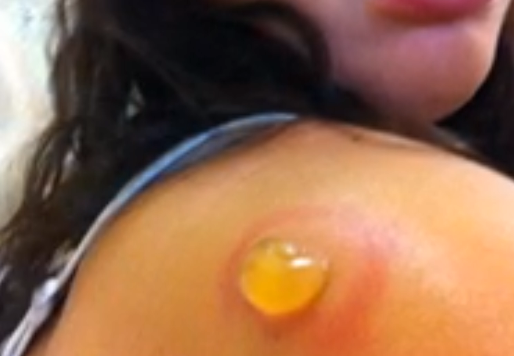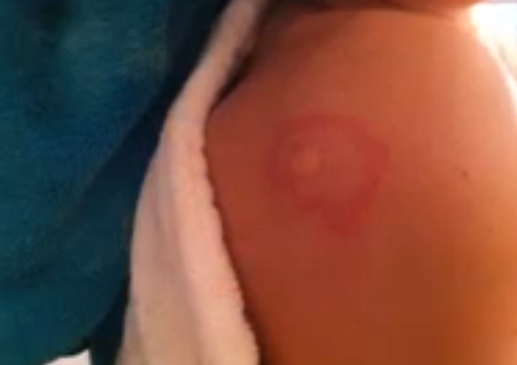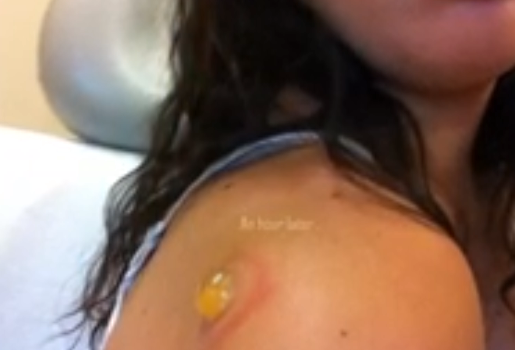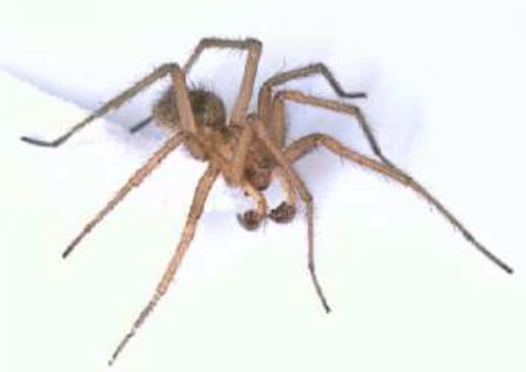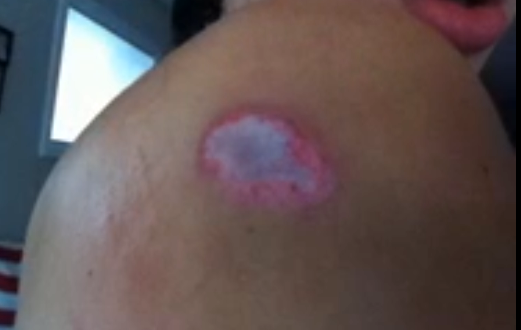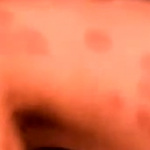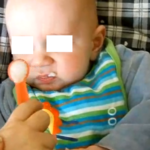Hobo spiders are too small to be seen with naked eyes. There are three types of hobo spiders: the aggressive house spiders, giant house spiders and the domestic house spiders. They are native to Europe and came into north-western America in 1930s. Hobo spiders are known to be of aggressive nature because these have poor vision and they can catch prey only by attacking it.
Hobo spider bites are most common during the months from June to September. In general, spider bites are poisonous and constitute certain set of symptoms which lead to spider envenomation. However most hobo spider bites do not lead to envenomation but they do cause local and systemic symptoms.
Most of the defensive bites by the hobo spider are ‘dry’ and do not inject venom into the body. During the course of biting, the spider opens its fangs, closes them into the tissue of the person and then withdraws rapidly. Generally this bite is painless and gets healed up soon but the healing process varies depending upon the location of the afflicted bite and the psychological state of the person. In most cases, these spider bites are single and not in the form of patches. In few instances, multiple spider bites also occur, for example in the condition when the hobo spider gets trapped between skin and clothes.
Like other venomous creatures, the hobo spider injects venom in the prey. The severity of hobo spider bite depends largely on the age and sex of the biting spider. In the experiments conducted, the bite from male hobo spider has severe effects than female hobo. Also the venom of sub adults produces more toxic effects than adults.
A general rule applies to those who have been bitten by any spider. Try to catch the spider and keep it for identification by an arachnologist. This identification will help to know the sex and age of spider. This will help to determine the severity of poisoning and the doctor can easily chart the treatment required. If you have been bitten by a spider, do not panic. Stay calm and keep the affected area still so that venom does not spread. Clean the bite location with saline solution, apply cold compress and keep the site elevated. If the symptoms look severe, see your physician immediately.
Symptoms
Immediately after the spider envenomation, the bite site becomes red which vanishes in few hours leaving behind reddish hardened area. Blisters may occur within 1 or 2 days at the bite site. However in next 24 hours, these blisters may rupture and open ulcers are formed. If ulceration is left opened, scab develops over lesion and the condition becomes severe within three weeks. By now, the lesion appears like target and bull-eye appearance. Gradually the scab gets sloughed and lesion gets healed up within 45 days of the bite. The condition becomes very serious when the hobo bites in the area around fatty tissue and in this condition. the lesions become deep and may not heal for two to three years.
Other symptoms of hobo spider bite include burning pain, blood vessels may damage and cyst may be formed. The lesion so formed is oblong or multiple because of the fact that venom components are drifted downwards due to gravitational effect. It is also possible that insufficient blood flow through the affected tissues and coagulation occurs in smaller blood vessels. Since this area does not get adequate blood. the area dies of oxygen starvation.
Systemic effects are seen in about 45% of the victims of hobo spider bite. The most common signs are severe headache with not much relief from over-the-counter medications. Other symptoms include nausea, dry mouth, lethargy, joint pain, hallucinations and some unwanted effects. Intractable vomiting along with secretory diarrhea is a rare symptom of spider bite. All the victims do not experience these symptoms but the signs are dependent of the extent of poisoning.
Hobo Spider Bite Treatment
In most cases of hobo spider bites, all that is required to treat the bite is to clean the local wound. There are number of antivenin and topical antibiotics available which are given in spider bites. These antibiotics can be applied and tetanus shots can be given, if required. In very few cases, skin grafting would be required. In case the wound does not seem to heal or it gets worse, see the doctor immediately.
If the hobo spider bite has caused venom infection, then immediate surgical treatment becomes necessary. The affected tissues have to be removed surgically including oral, topical and injectable corticosteroids as well as phentolamine injections. In very few cases, skin grafts and amputation would be required in order to prevent any further tissue damage. Healing of the spider bite may take a week or two or even two-three years, depending on how much venom is injected.
Hobo Spider Bite Pictures
